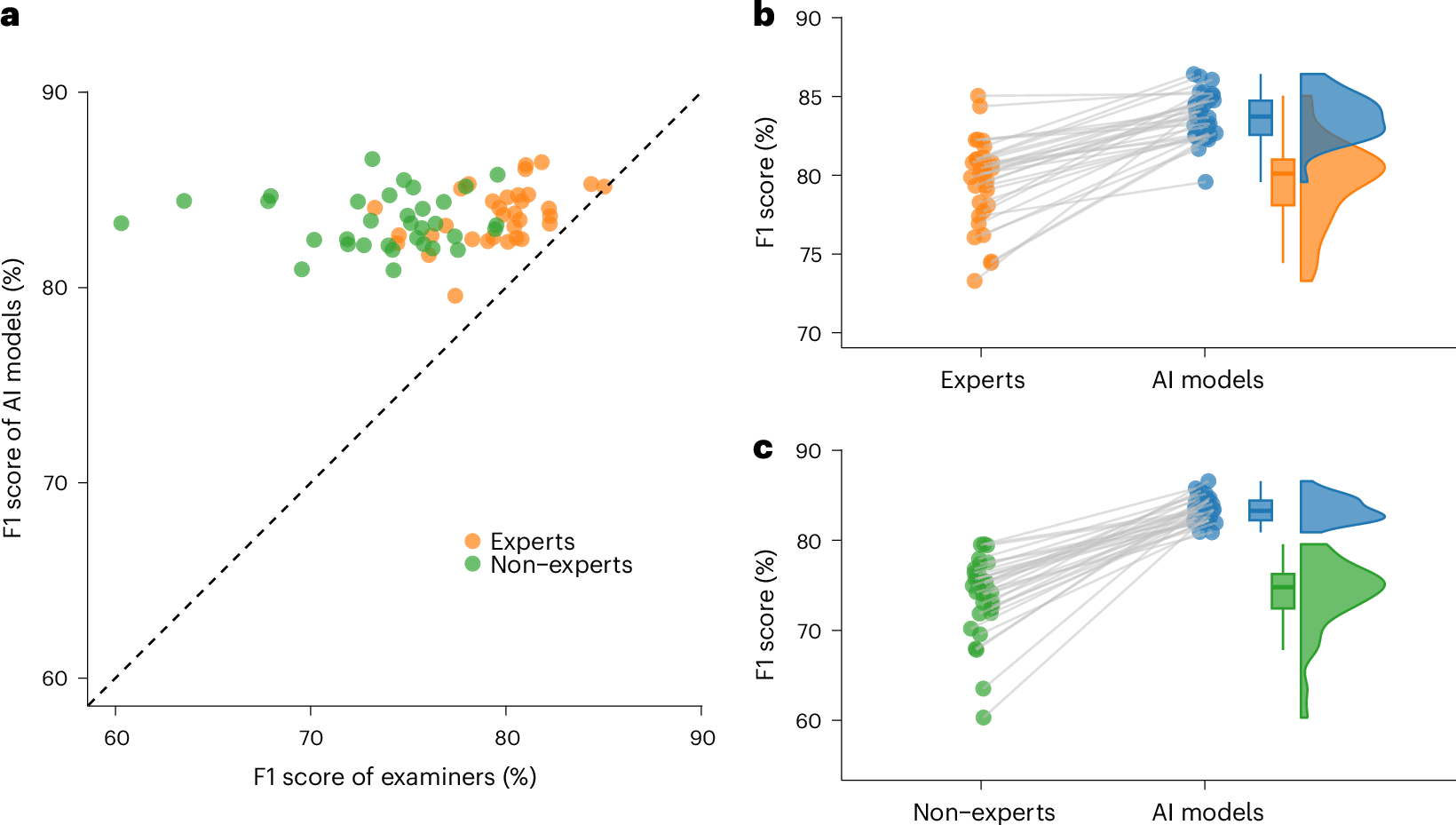2025-01-06 シンガポール国立大学 (NUS)
<関連情報>
- https://news.nus.edu.sg/boosting-chemotherapy-uptake-in-breast-cancer-treatment/
- https://www.mdpi.com/2072-6694/16/22/3860
短時間の磁場曝露はTRPC1発現に関連して乳癌細胞へのドキソルビシン取り込みを刺激する: 化学療法効果を高める精密腫瘍学的手法 Brief Magnetic Field Exposure Stimulates Doxorubicin Uptake into Breast Cancer Cells in Association with TRPC1 Expression: A Precision Oncology Methodology to Enhance Chemotherapeutic Outcome
Viresh Krishnan Sukumar,Yee Kit Tai,Ching Wan Chan,Jan Nikolas Iversen,Kwan Yu Wu,Charlene Hui Hua Fong,Joline Si Jing Lim andAlfredo Franco-Obregón
Cancers Published: 18 November 2024
DOI:https://doi.org/10.3390/cancers16223860
Simple Summary
Doxorubicin is a widely used chemotherapeutic agent for breast cancer but is accompanied by significant side effects due to its systemic delivery. The expression of the transient receptor potential canonical 1 (TRPC1) cation channel subunit correlates with breast cancer progression. This study showed that brief magnetic exposure (10 min) increased doxorubicin uptake into breast cancer cells without harming healthy cells. Heightened TRPC1 expression was correlated with more advanced breast cancer grades as well as with greater doxorubicin uptake. Pharmacologically or genetically silencing TRPC1 activity reduced magnetically induced doxorubicin uptake, whereas overexpression of TRPC1 amplified doxorubicin uptake and increased cancer cell death. This study described a localized and non-invasive magnetic therapy paradigm that could potentially improve breast cancer chemotherapeutic efficacy with less systemically delivered doxorubicin. The loading of TRPC1-enriched cell-derived vesicles with doxorubicin upon magnetic exposure underscored the contribution of TRPC1 in the stimulated uptake of doxorubicin in a minimalized model system.
Abstract
Background/Objectives: Doxorubicin (DOX) is commonly used as a chemotherapeutic agent for the treatment of breast cancer. Nonetheless, its systemic delivery via intravenous injection and toxicity towards healthy tissues commonly result in a broad range of detrimental side effects. Breast cancer severity was previously shown to be correlated with TRPC1 channel expression that conferred upon it enhanced vulnerability to pulsed electromagnetic field (PEMF) therapy. PEMF therapy was also previously shown to enhance breast cancer cell vulnerability to DOX in vitro and in vivo that correlated with TRPC1 expression and mitochondrial respiratory rates. Methods: DOX uptake was assessed by measuring its innate autofluorescence within murine 4T1 or human MCF7 breast cancer cells following magnetic exposure. Cellular vulnerability to doxorubicin uptake was assessed by monitoring mitochondrial activity and cellular DNA content. Results: Here, we demonstrate that 10 min of PEMF exposure could augment DOX uptake into 4T1 and MCF7 breast cancer cells. DOX uptake could be increased by TRPC1 overexpression, whereas inhibiting the activity of TRPC1 channels with SKF-96356 or genetic knockdown, precluded DOX uptake. PEMF exposure enhances DOX-mediated killing of breast cancer cells, reducing the IC50 value of DOX by half, whereas muscle cells, representative of collateral tissues, were less sensitive to PEMF-enhanced DOX-mediated cytotoxicity. Vesicular loading of DOX correlated with TRPC1 expression. Conclusions: This study presents a novel TRPC1-mediated mechanism through which PEMF therapy may enhance DOX cytotoxicity in breast cancer cells, paving the way for the development of localized non-invasive PEMF platforms to improve cancer outcomes with lower systemic levels of DOX.



